Understanding Acne is Knowing How Your Skin Works
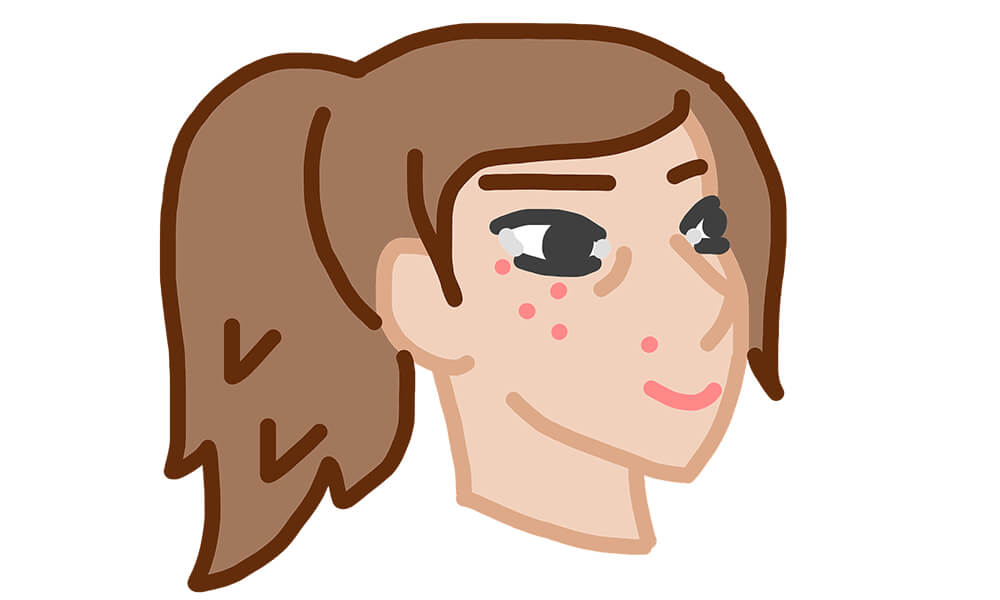
To know how the No Milk – No Acne diet works, it’s important to understand how acne works. So let’s go back to basics: what is acne, why do we get it, and what does milk have to do with it? It’s not something they teach you about at school (perhaps they should), but it goes back to biology. Hold onto your hats, folks, and we’ll dive on in.
How Your Skin Works
Our skin is our largest organ, and it does a range of things. We couldn’t possibly cover them all in just one post, as it’s complex and fascinating, and the skin does so much that it could fill several books. However, one of the things that the skin needs to do is provide a barrier between our insides and our outsides. The outside world is harsh. Even in undeveloped and pre-industrial settings, the world is full of drying winds, dust and sand particles, plants with strong sap, bacteria and so forth. Add in the trappings of modern civilization, and our skin also has to cope with industrial chemicals from everything from pollution to the chlorine in our water that stops us from getting dysentery. This harsh exterior stops our organs from being damaged like a jellyfish washed up on the sand.
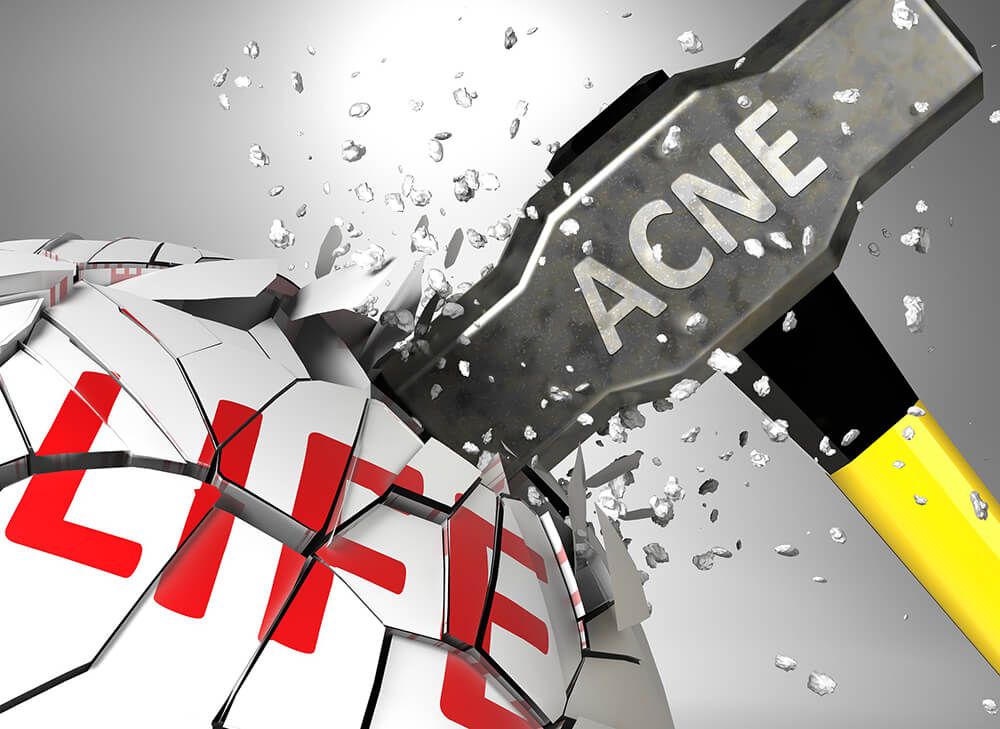
To act as a shield for the body, your skin needs two things. It needs a tough layer on the outside that has a little bit of waterproofing and that can renew itself continually. The tough layer that constantly renews itself is the stratum corneum, which is the hard outer layer of the epidermis – which is one of the three main layers of the skin (onions aren’t the only things with layers!). This outer layer of skin cells renews itself completely every two weeks.
To ensure that your skin is waterproof and supple, it needs natural oils. This oil is supplied by glands in the main layer of your skin below your epidermis, which is known as the dermis. These oil glands are often linked to hair follicles, which we have over most of our bodies. In fact, the oils come out to the outer layer of the skin through the hair shaft. Contrary to what your mother may have told you (mothers are sometimes right, but sometimes, they aren’t), the oils don’t come out of your sweat pores and sweating profusely won’t open up or clear out blocked pores. If your skin is nicely balanced, you’ll have enough oils on your skin to help it stay supple and not dry and itchy, but not so much that problems such as acne happen.
How Acne Occurs
Acne is a catch-all term for the combination of blackheads (comedones – one comedo, two comedones) and pimples. A number of factors lead to the formation of acne, with good skincare and removing dirt from the surface of the skin being only one of them.
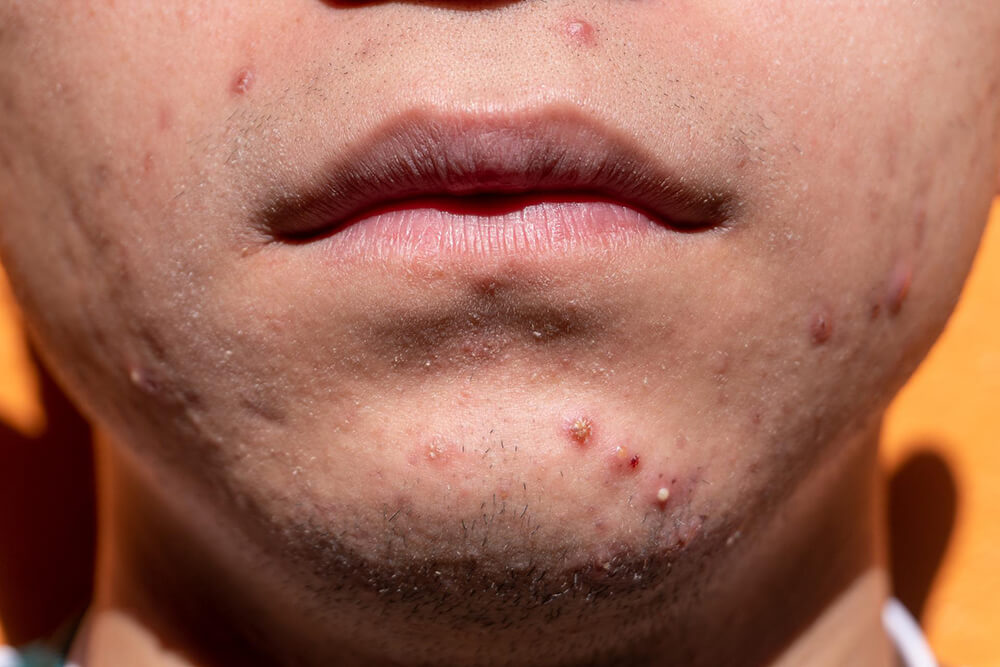
Blackheads are the first step of acne. If the natural oils become trapped in the duct, they begin to build up. At first, the oils will turn black through oxidization. It’s not dirt that gives blackheads their characteristic black colour; it’s sebum turning darker like an apple that’s been sliced and left to the open air. Given time, blackheads can resolve themselves. However, if the opening remains blocked, the oils will build up because the skin hasn’t stopped producing them. This can lead to swelling. Add in bacteria coming to feast on the rich source of oils, and you get the perfect storm for creating an infection. As a response to this infection, your body’s immune system kicks in, resulting in redness, heat, inflammation and pus, i.e., a pimple.
The oil ducts are more likely to become blocked if a lot of oil is produced. This can happen if the body perceives that more is needed and the skin is drying out. This is why intensely washing and scrubbing your skin can actually make acne worse rather than better. All that washing and scrubbing and soaping dry your skin, so the body thinks that more oil is needed, so it steps up production.
Where Do Hormones Come Into It?
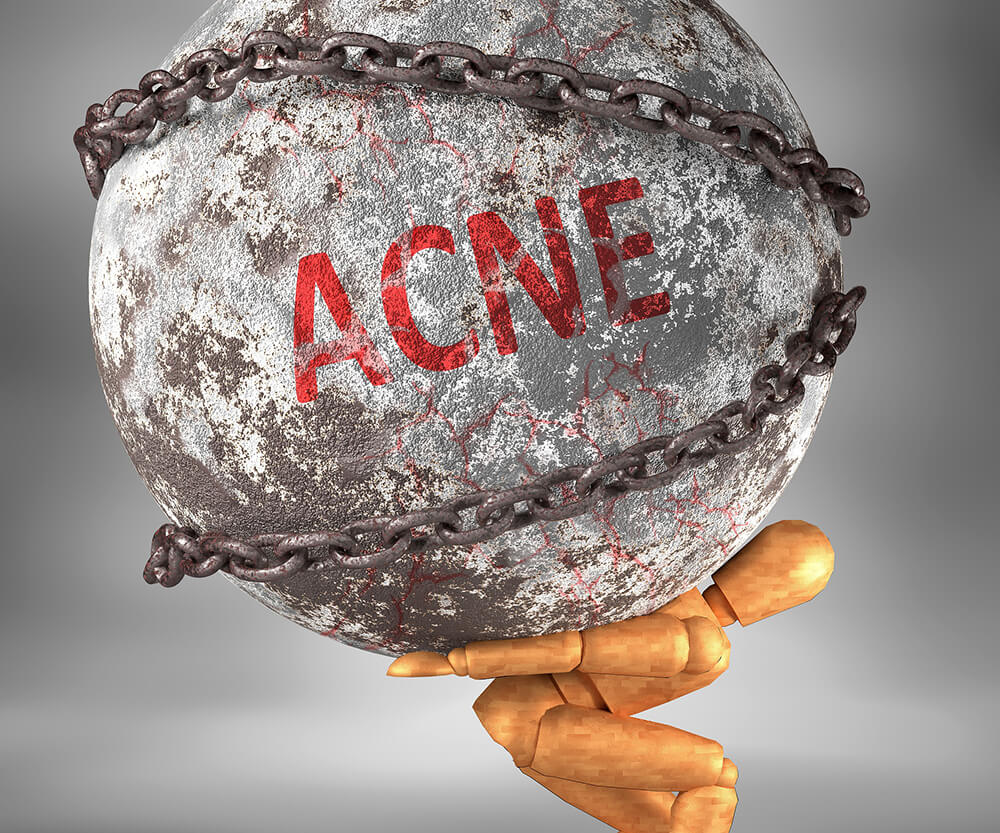
Of course, the other time when oil production steps up, leading to an increased likelihood of acne and pimples, is during puberty and adolescence. And we all know that adolescence is when hormones go crazy as the body transitions from child to adult. Some of the hormones involved are growth hormones (think of that teenage growth spurt), and some are androgens. Both men and women produce androgens. Androgens are mostly thought of as male hormones, but in women, androgens are the precursor to estrogens. Apparently, the combination of one particular growth hormone (insulin-like growth factor 1 or IGF1) and androgens is what’s needed for the body to trigger excessive production of oils in the skin, with true growth hormone also playing a part.
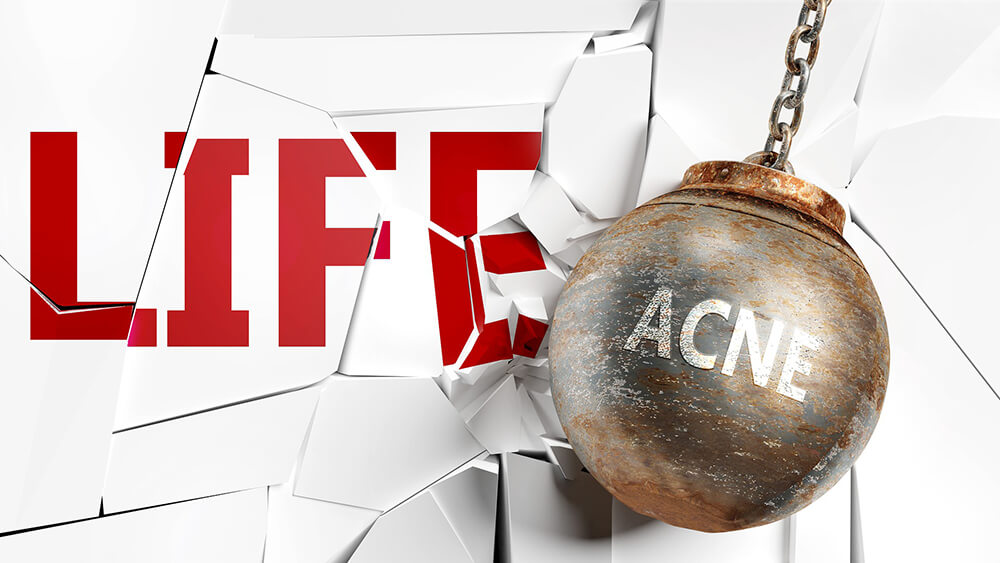
During puberty, both of these hormones are present at high levels. The teenage body needs the IGF1 and the growth hormone to produce an adult body with adult size and adult reproductive ability. Because changes are happening to the primary and especially the secondary sexual characteristics of the body, androgens (sex hormones) are also needed in high amounts. In other words, it’s the perfect storm of hormones for producing acne.
It’s rather unfair in a way when you think about it. During this time, emotions are volatile thanks to all those hormones, and it’s now that the desire to attract a mate kicks in – and those same hormones also produce itchy, painful acne that doesn’t look so attractive.
Milk And Hormones
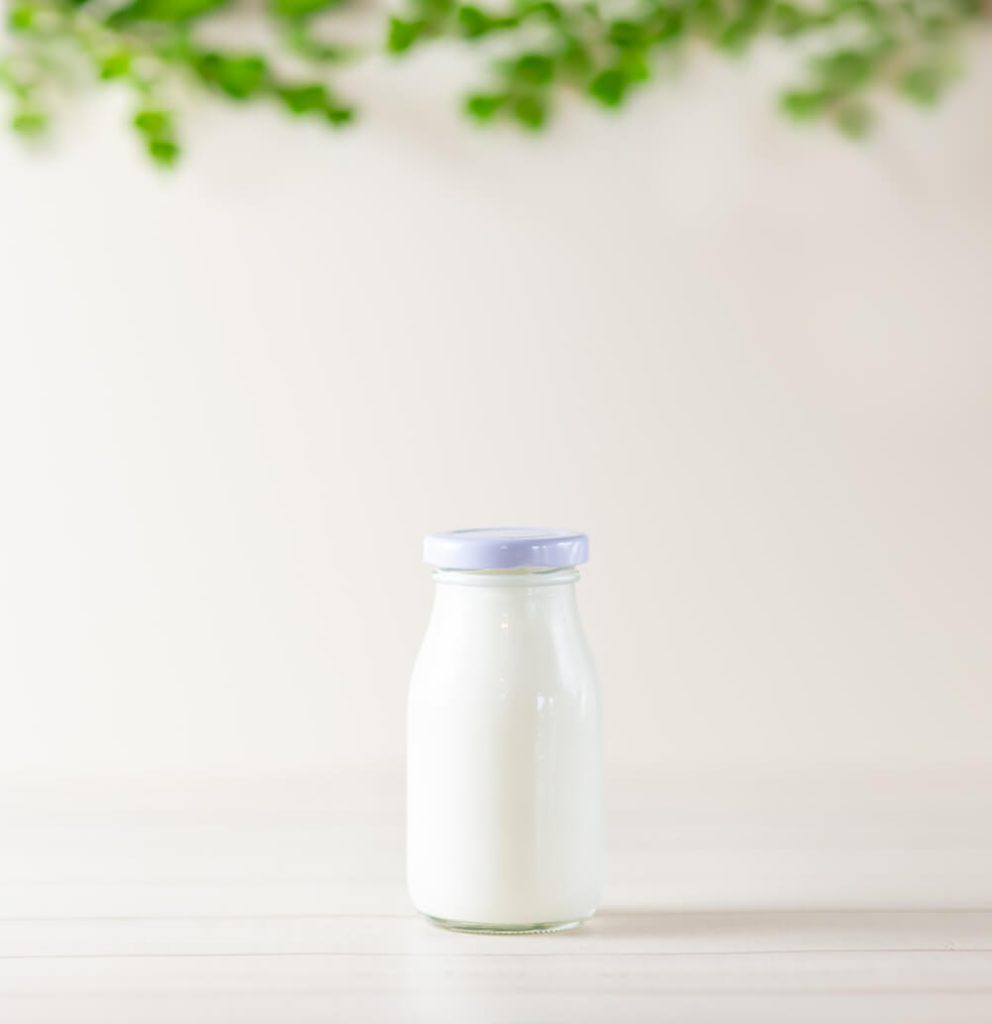
However, we may make it hard for ourselves by influencing the hormones buzzing around our bodies by what we eat (stress and lifestyle factors also play a role – can’t forget that). A number of factors may be at play, but dairy foods have been found to have a link with acne.
It was noticed that the Western diet is more prevalent where acne is more rampant. One of the elements in the Western diet – even a reasonably good Western diet rather than the notorious Standard American Diet – is dairy products from cows’ milk. Many other cultures do not have as much dairy in the diet, and acne is less prevalent there. This was noticed by researchers who have delved into the link between dairy foods and acne.
Milk is rich in proteins that trigger the production of IGF1 for growth. After all, all mammals, including cows and humans, produce milk so that babies can grow. In many parts of the world, especially in Europe and the Near East (the Middle East to India), it didn’t take people long to figure out that it’s a lot easier to milk a tame cow than it is to hunt a wild one for meat, and that milk was a rich source of protein and nutrients.
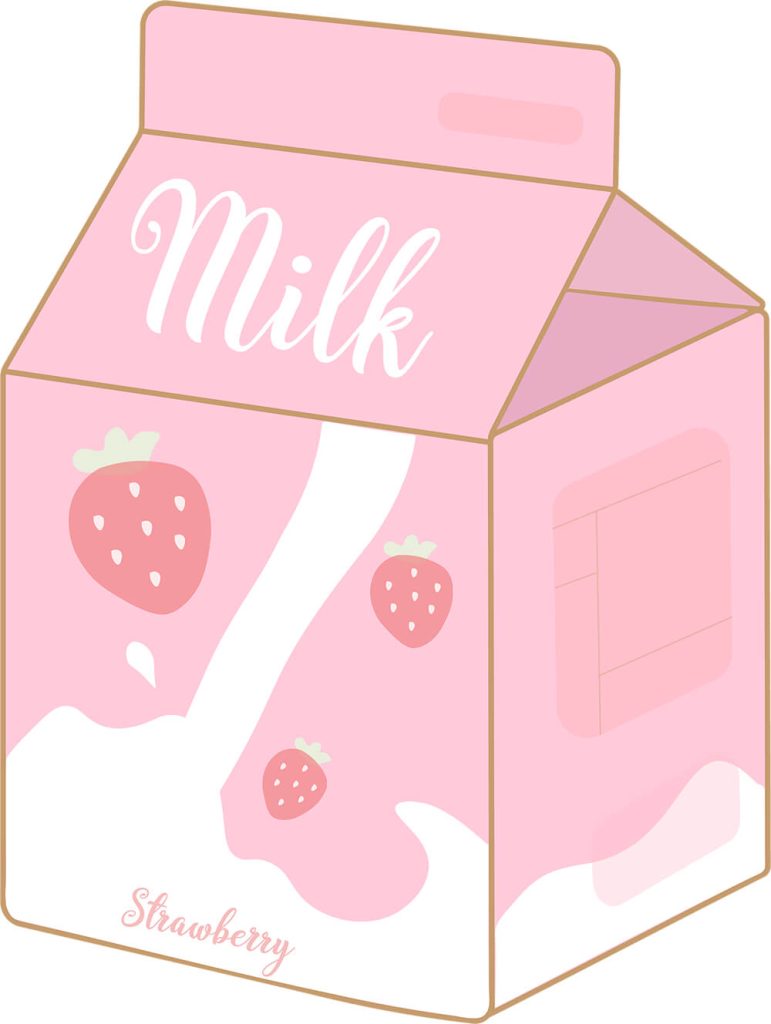
If you’re only getting milk in smallish amounts or during certain times of the year – which was more common in the pre-Industrial West – the amount of protein triggering IGF1 production won’t make much of a difference. However, we drink a lot more milk now than we used to in the past, thanks to modern dairy farming, food storage technology and transportation. This means that we’re getting more of those proteins than we used to and increasing our levels of IGF1.
There’s another factor at play here. Back in great-grandma’s day, whole milk was the norm. However, today, we drink more skimmed milk as a way of cutting down the fats in our diets. It may surprise you to learn that skimmed milk is more likely to lead to acne problems than full-fat milk. It’s not the fats in the milk that are the problem; it’s the proteins. A glass of whole milk will have less protein (and more fat) than the same volume of skim milk, which is why skimmed milk is more likely to lead to acne problems. And just in case you thought that was bad enough, skim milk has a higher glycemic index (GI), and high-GI foods also lead to increased IGF1 protein.
And that, folks, is why the No Milk No Acne diet works: you can’t do much about the androgens during puberty that stimulate oil production, leading to pimples. But you can do something to help control IGF1 levels by controlling your diet.